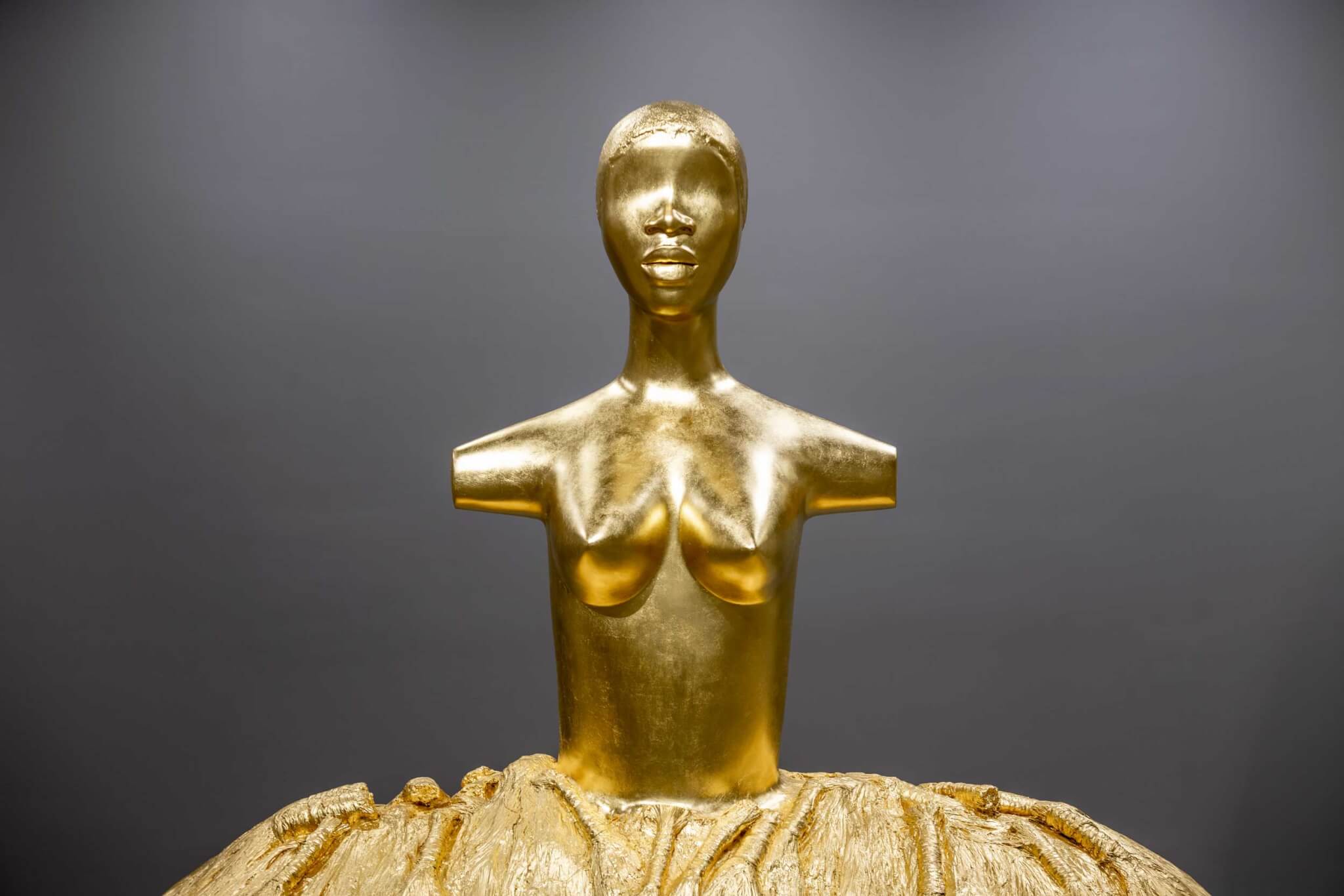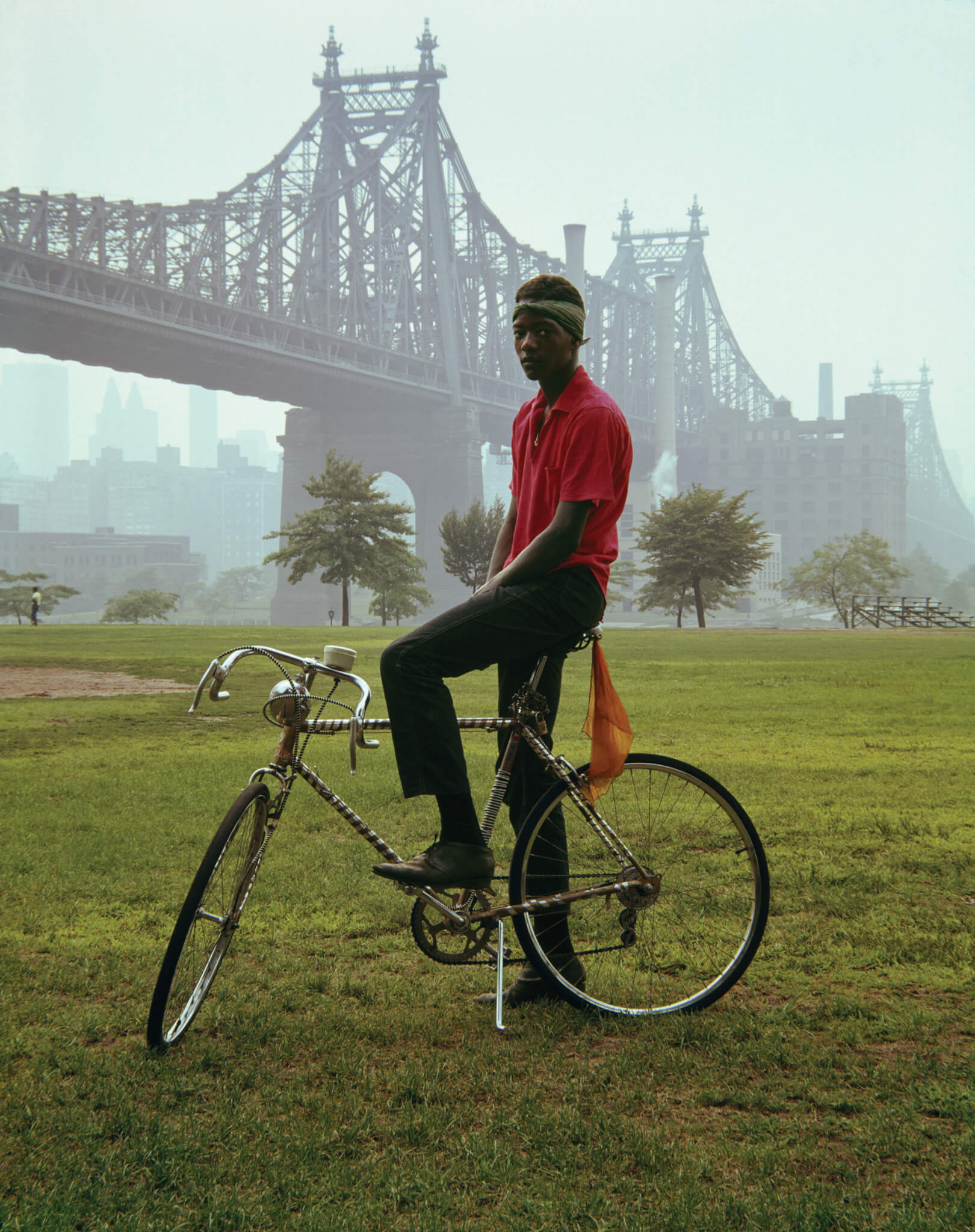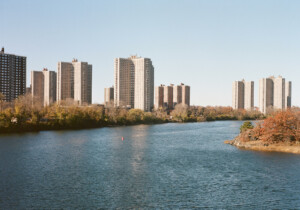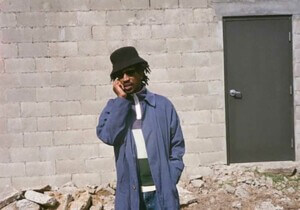Looking for cultural engagements to add to your summer calendar? AN’s editors have rounded up a few exhibition recommendations worth checking out, from a staging of work by Chicago-area artists at the Edith Farnsworth House to sculptures from artist Simone Leigh in Boston to photography by Evelyn Hofer and a dual exhibition from Dawoud Bey and Carrie Mae Weems, here are four shows you won’t want to miss.

Simone Leigh
Institute of Contemporary Art Boston
25 Harbor Shore Drive Boston, MA 02210
Through September 4
The United States Pavilion at Venice’s Giardini della Biennale is a utilitarian building in Palladian—which is to say, Jeffersonian—drag. At last year’s art biennale, artist Simone Leigh called attention to this fact by proposing an outfit change of her own. She concealed the boastful cornice under a bushy thatched roof, superimposed rustic wooden pilotis over all that redbrick, and installed a large bronze resembling a West African ritual mask in the forecourt. Leigh’s Gold Lion–winning intervention reveled in an “over-the-top Blackness,” as she described it. The sculptures she exhibited are now featured in a retrospective at the Institute of Contemporary Art, Boston. Perhaps because Diller Scofidio + Renfro’s museum building is less ripe for appropriation, Leigh avoided architectural statements here. No matter: Her brilliant bronze and porcelain works—monumental but also mournful, splendidly crafted yet tinged with despair—stand on their own. If you can’t make it to Boston, try to catch the show at its future stops in Washington, D.C., and Los Angeles.

The Last of Animal Builders
Edith Farnsworth House
14520 River Road Plano, IL 60545
Through November 26
This small exhibition makes no attempt to conceal the origin of its evocative title (taken from an unpublished manuscript of the architecture critic Sibyl Moholy-Nagy), but what the citation means isn’t entirely clear. Does curator Alberto Ortega Trejo intend to rub modernism’s face in the muck? To return to the bestial realm the capacity for designerly invention? Or, rather, to acknowledge that this capacity always existed, despite our inattentiveness? To disabuse architects of their fantasies of autonomy and inculcate an ethos of interspecies collaboration? The likely answer, as these things often go, is “all of the above.” The Last of Animal Builders features new work by Chicago-area artists and pieces borrowed from the Thoma Foundation. Inside the Edith Farnsworth House, sculpture and drawings attend, in some fashion or another, to the assorted myths of anthropocentricism, while video installations call attention to the pitiable vulnerability of the Miesian dream. The challenge of all house museums is to resist becoming decrepit. Shows like this help keep the cobwebs away.

Evelyn Hofer: Eyes on the City
High Museum of Art
1280 Peachtree Street NE Atlanta, GA 30309
Through August 13
For most of her long life, fame eluded Evelyn Hofer, though she was appreciated for a few years before her death in 2009 at 87. Hofer is mostly characterized using the words of her advocate Hilton Kramer, who called her “the most famous unknown photographer in America.” But this ascription says next to nothing about her pictures, which approached modern urban life with a classicizing eye. Luckily, the High’s exhibition affords visitors the chance to luxuriate in the details. Hofer was capable of many moods, moving between portraiture (Andy Warhol in his Factory), city scenes (1960s New York and Dublin), interiors (a particularly theatrical salon), even deadpan landscapes (a French garden lost in the mist). As Kramer himself noted, Hofer’s lens is roving yet always precise, conferring “a high dignity and an exalted character” onto its subjects. Take, as one more example, the exquisite framing of Queensboro Bridge, New York, 1964, in which a young Black man gazes at Hofer with the self-possession of a European monarch.


Dawoud Bey & Carrie Mae Weems: In Dialogue
Getty Museum
1200 Getty Center Drive Los Angeles, CA 90049
Through July 9
After meeting at the Studio Museum in Harlem in the 1970s, photographers Dawoud Bey and Carrie Mae Weems developed a lasting connection. This traveling show—it originated at the Grand Rapids Art Museum— marks the first time their work has been exhibited side by side. What makes this surprising is the thematic commonality between Bey’s and Weems’s photography, which negotiates Black life in America as well as its claims on the universal. Many of the portraits here are delineated by place, whether it’s a single neighborhood (Harlem, in Bey’s case) or the multitudinous region of the American South (Weems’s Louisiana Project). Where Bey clings to the street, Weems resides in interiors—that is, until you see her absconding to far-flung locales (Rome and Fiji, part of her Roaming series) and him to haunted landscapes (Underground Railroad). Theirs is a compatible vision, but not without their differences, as can be seen in a pair of enigmatic self-portraits: Bey, seen in silhouette, and Weems with her back to the camera.











